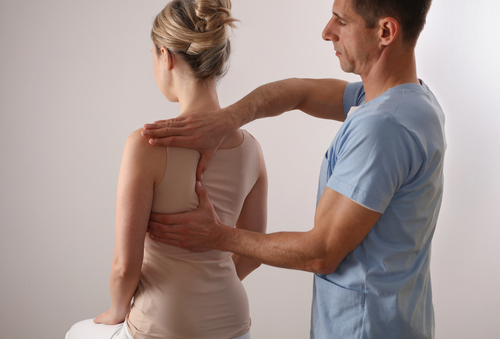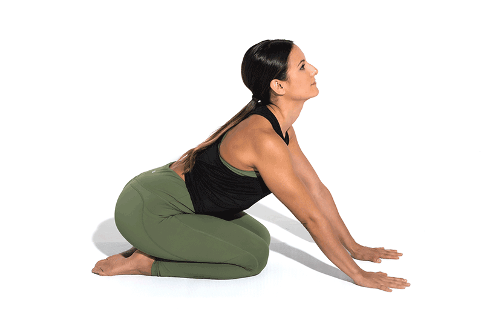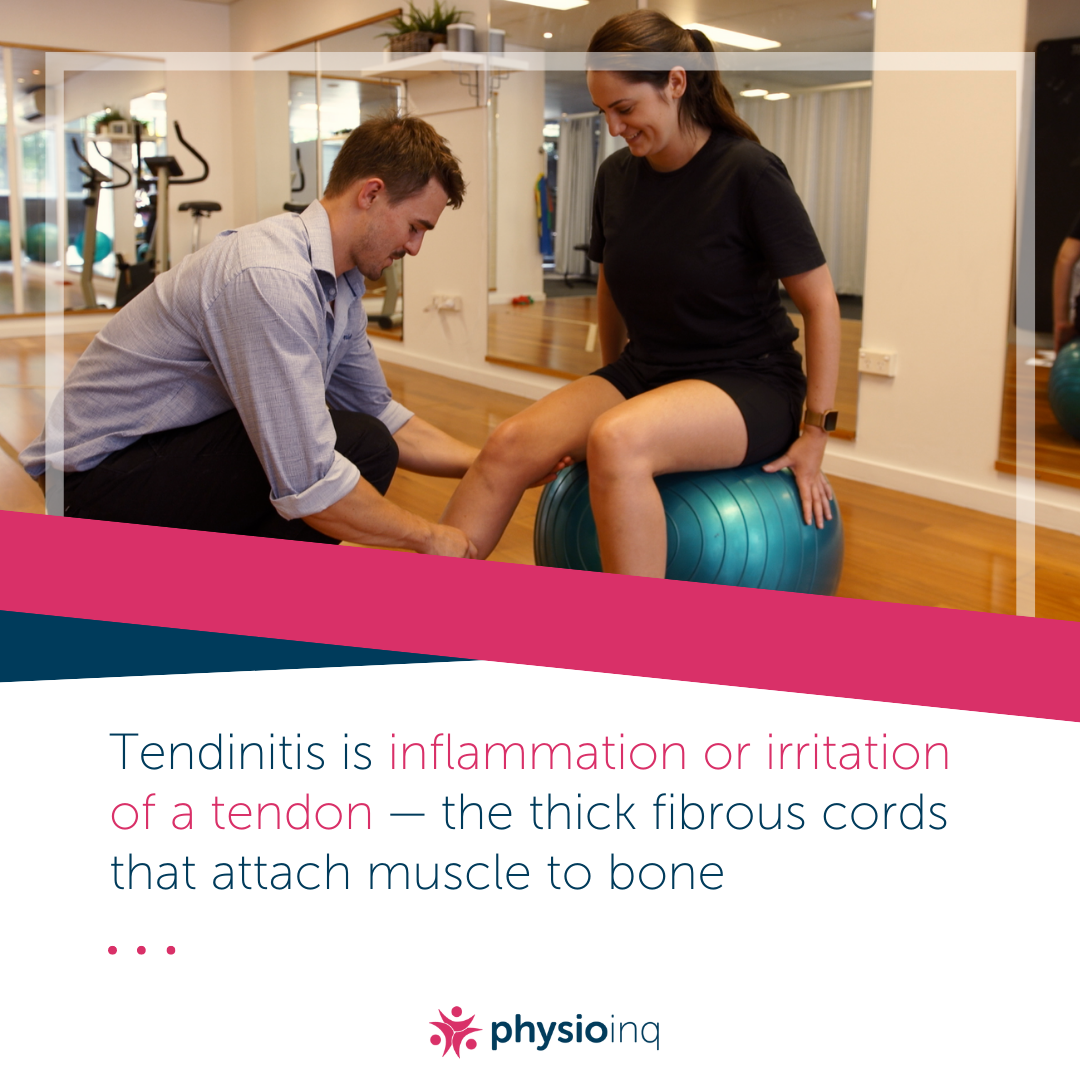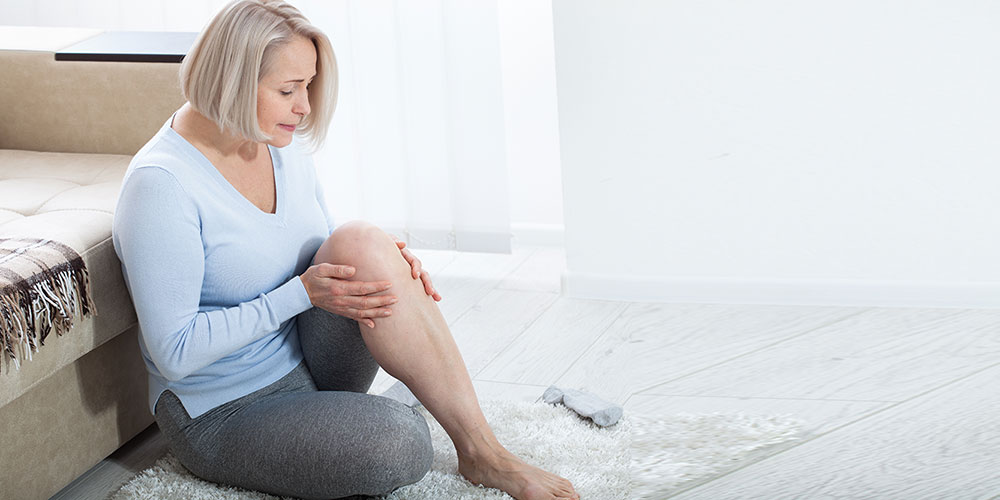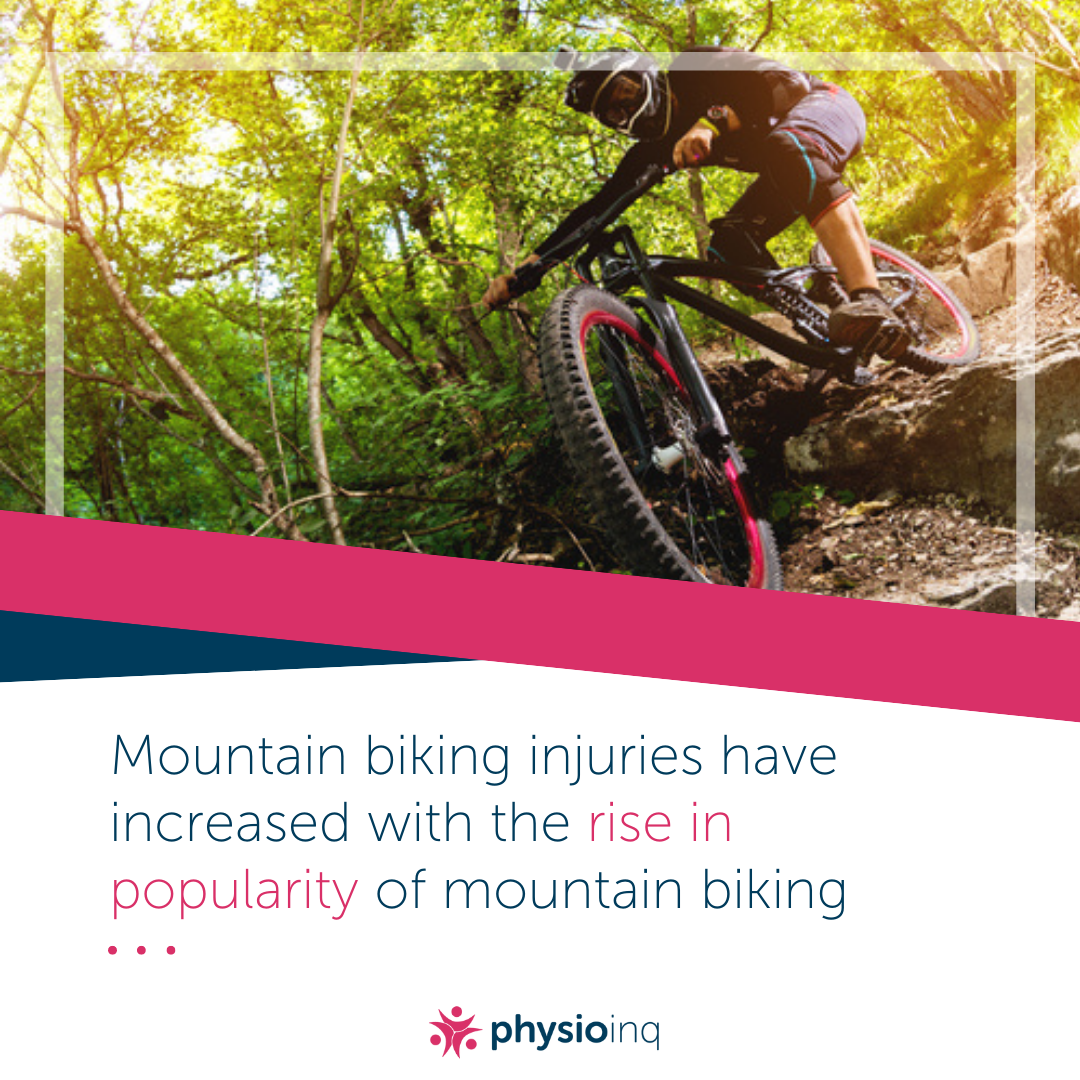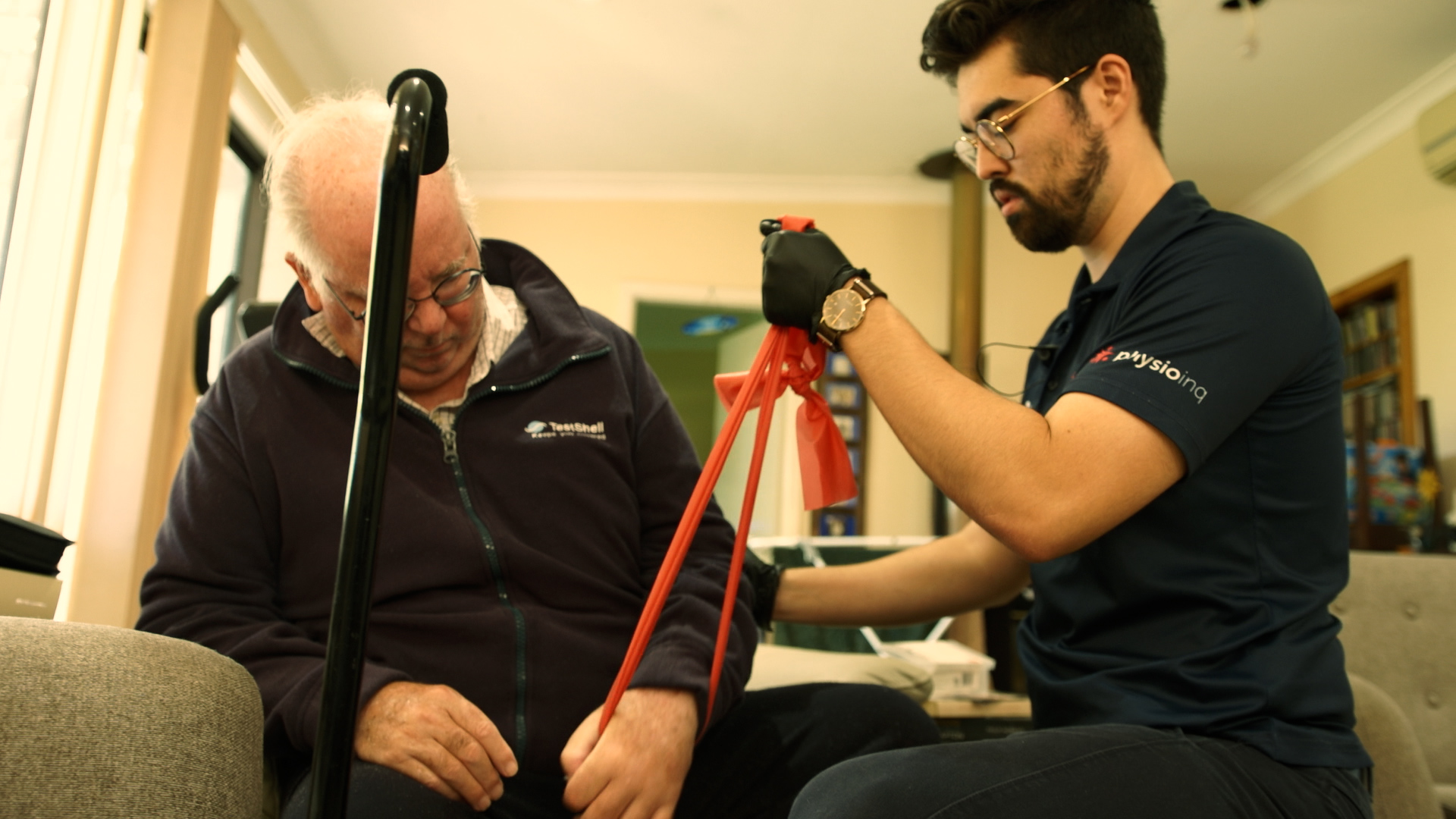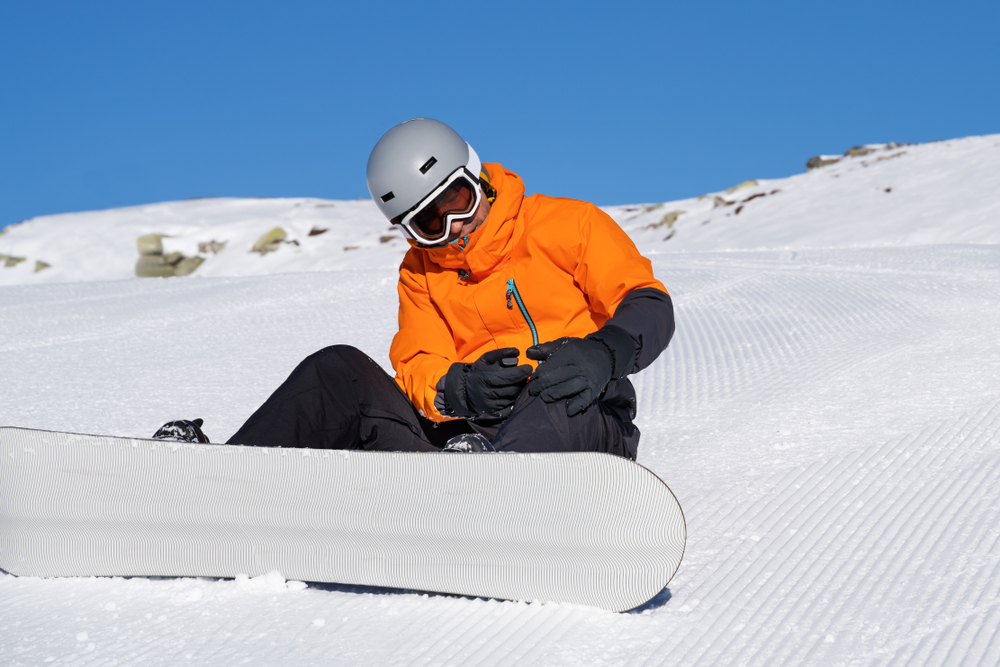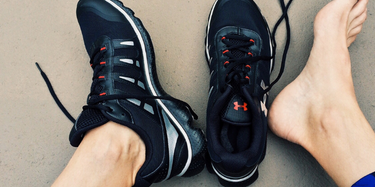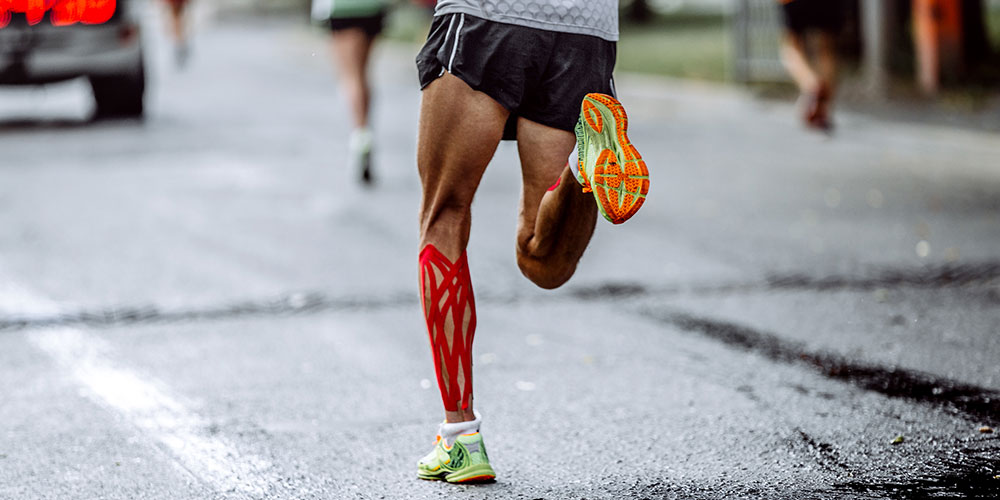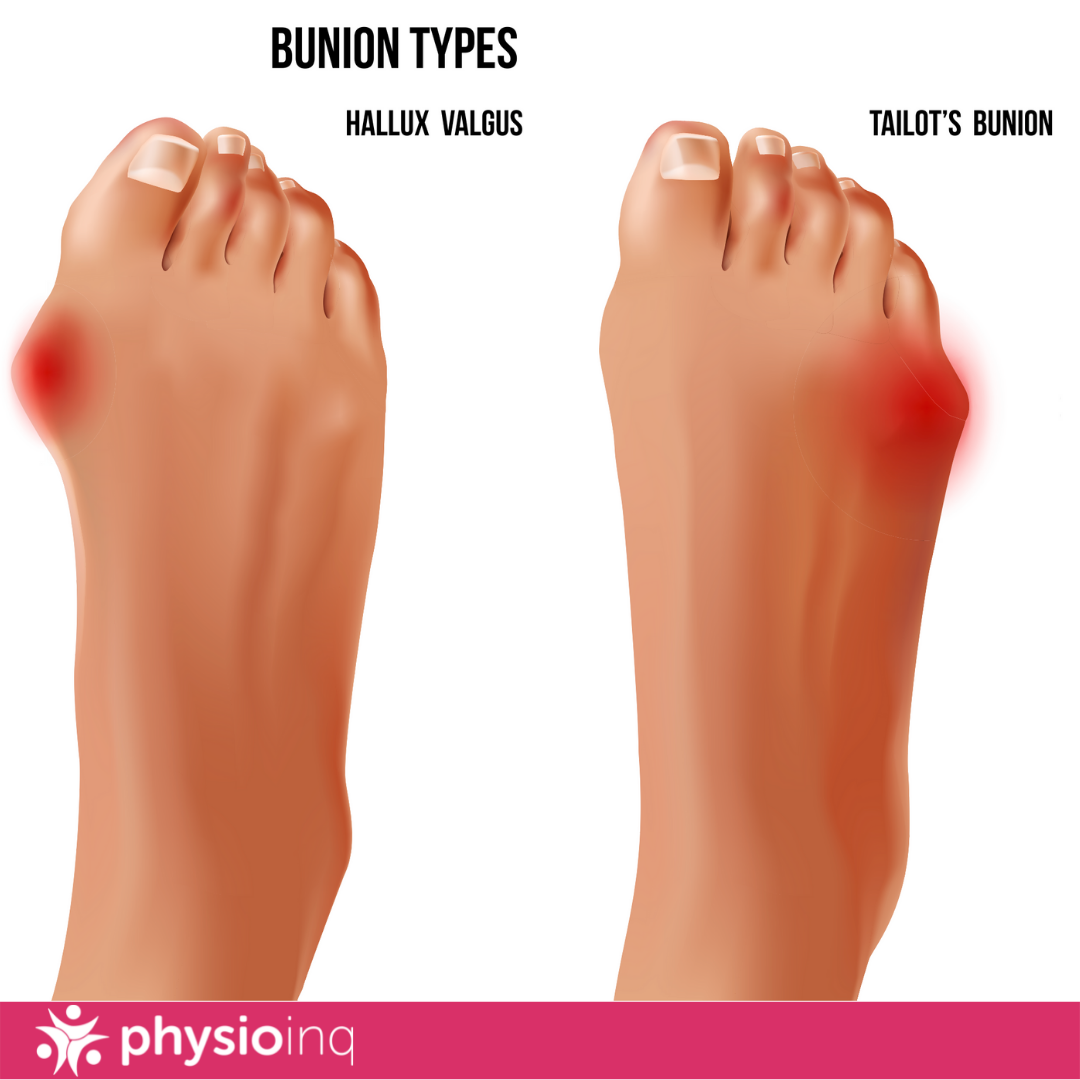Tendonitis is a tendon injury, which is also known as: tendinitis, tendinopathy and tendinosis. Tendinopathy can occur in any tendon of the body, typically:
- The musculotendinous junction ( tendon joins muscle)
- Mid tendon (non insertional)
- Tendon insertion (tendon meets bone)
Tendons are the tough fibres that connect muscles to bone and occur usually near joints. Most tendon injuries appear to occur suddenly; however they are usually the result of repetitive overloading, leading to progressive degenerative changes. When these changes get to the point that the tendon can no longer cope with the loads placed on them, they become inflamed.
Tendinopathy usually causes pain, stiffness, and a loss of strength in the muscle attached to the tendon.
- The pain may get worse when the tendon is loaded
- The pain and stiffness is often worse at night and when first waking in the morning
- The area may be tender, swollen and red when inflamed
- There may be a crunchy/ squeaky sound and feeling around the tendon when it is used.
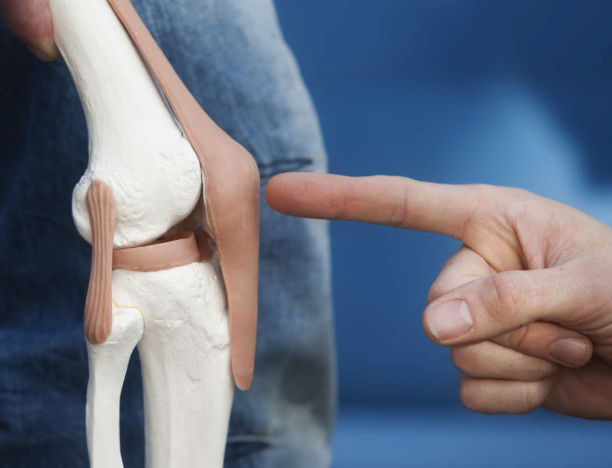
Tendonitis occur more in adults (especially above 40 years) due to gradual weakness of tendons which increases with age. Tendonitis is commonly found in the shoulder, elbow, lateral epicondylitis (tennis elbow), wrist and the Achilles.
What causes a tendon injury?
Tendon injuries occur due to the tendons inability to cope with the loads placed on them, through increased weight, repetitions or speed. Sporting activities that include, running, sprinting, jumping, changing direction and throwing can all increase the risk of tendinopathy.
Tendon injuries are now considered to go through a number of stages, each with differing symptoms and prognosis.
- Reactive Tendinopathy- normal tissue adaptation phase, pain on loading, usually leads to a good result if treated appropriately
- Tendon Dysrepair- if the reactive tendon is not treated appropriately the tendon moves into this second stage. The level of discomfort will usually elevate, along with greater swelling and discomfort. The tissue is trying to heal, and with appropriate treatment, a full recovery is made. The aim is to prevent any further deterioration or progression to permanent cell death as occurs in phase 3.
- Degenerative Tendinopathy- The cell that makes and supports collagen dies, leading to collagen degeneration. The prognosis for a strong tendon reduces and requires a long-term program to accommodate the damage.
- Tendon Tear or Rupture- catastrophic tissue breakdown, leading to tendon rupture and loss of function. Surgery is often required to stitch together the two ends of the tendon.
With enough reduced stress between load, a tendon can usually recover, however, if recovery does not occur, the tendon becomes painful and ultimately lead to tendon cell death with the ultimate injury of tendon rupture.
How to prevent Tendonitis:
- See a physiotherapist immediately you feel some tendon pain
- Do not ignore the pain, as you may progress the tendon through the stages of disrepair
- Talk to your physiotherapist or GP about the use of anti-inflammatories, however, while reducing pain, they appear not to speed up the recovery process
Your local Physio Inq physiotherapist will give you a tendon loading program, which will progressively increase the stress on the tendon encouraging it to lay down more collagen. By laying down more collagen, the tendon increases with strength, and ultimately can deal with more load.
Date Published: Wednesday, May 9, 2018
Locate a Womens Health Physiotherapy
Service Near me
Get the experience & convinence you deserve to support your or a loved one's allied health needs.
Our Womens Health Physiotherapy team are currently serving & taking appointments in the following states and regions in Australia:
New South Wales
Queensland
Western Australia
Victoria
Need to get into direct contact with ur Client Services team? We're all ears. Call our team directly on 1300 731 733
Explore Articles
By Popular Topics
Explore Articles
By Allied Health Services
Explore Articles
By Body Parts

Explore Articles by Allied Health Services


